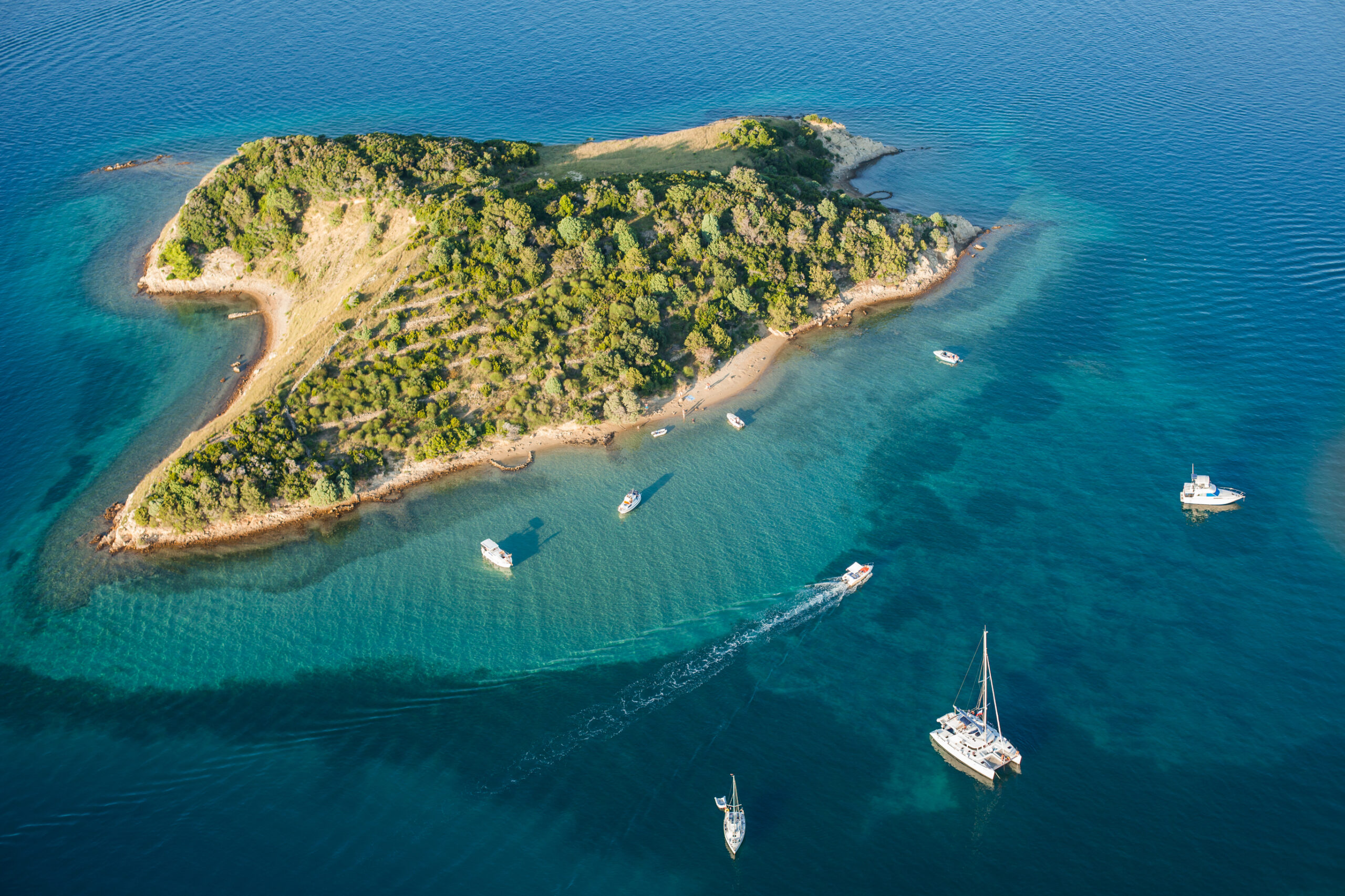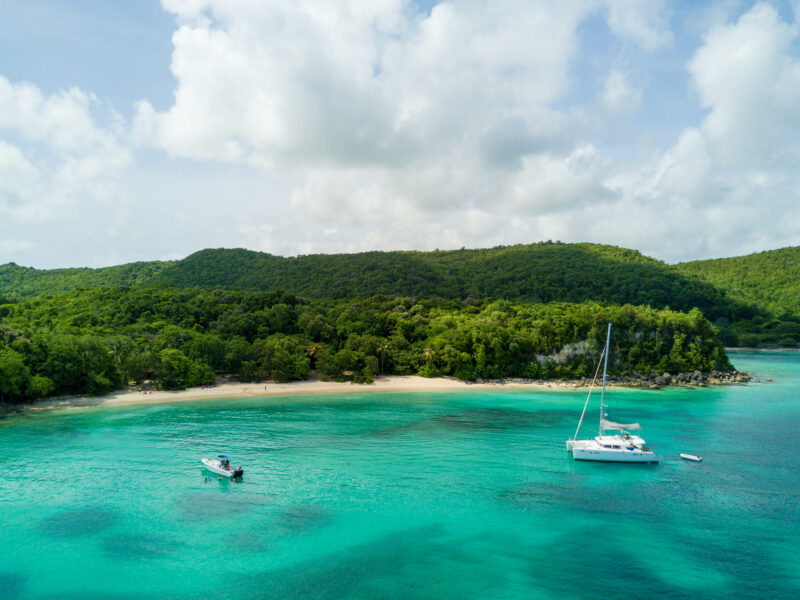Croatia is the country of islands—there are more than 1,200. For travelers, it means a rich choice of where to go. We’re talking about the Adriatic, so almost every island comes with pristine beaches, fragrant pine forests and killer sunsets. Some are more interesting than others. There are lunar landscapes and bombastic parties on Pag, nature’s bliss on green Mljet, resort towns of Krk, iconic pebble beaches of Brač and striking centuries-old harbors of Hvar. Basically, you’re never running out of interesting places to visit. I have sailed around the Croatian coast many times, and I count myself as the country’s number one fan. Let me share with you the most alluring islands.
Krk
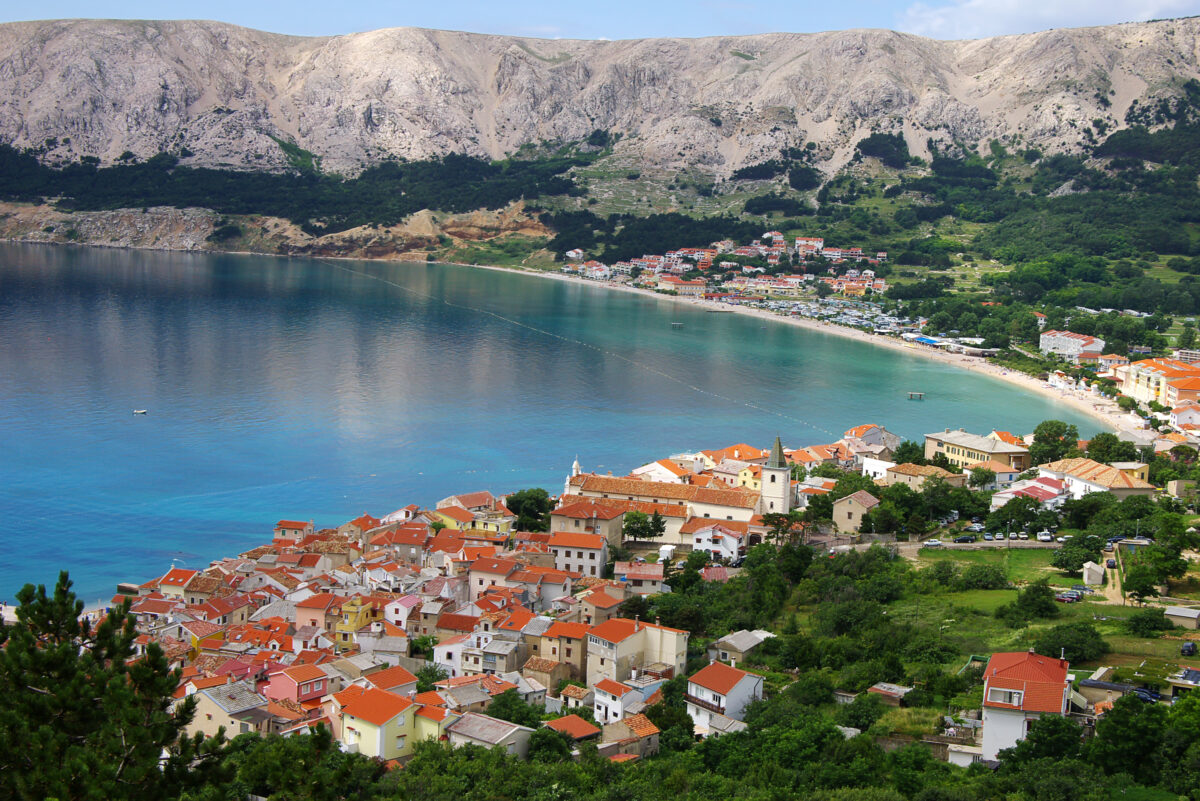
Croatia’s largest island is also the most accessible one since there’s a bridge connecting it to the mainland. The Rijeka Airport is also here, so getting to Krk is very straightforward. There’s a hilly interior with hiking trails, many small coves with clear water, lush vineyards overlooking the Adriatic (try the local dry white wine žlahtina) and charming villages scattered around the coast. In the south, Krk town is a picturesque historic gem with red rooftops, a medieval Frankopan Castle and bright stone houses. Beach-wise, Baška holds the crown. Its long and stunning Vela Plaža is among the most impressive island beaches in Croatia. Don’t leave Krk without trying skuta (a dry curd cottage cheese) and šurlice (a traditional homemade pasta).
Pag
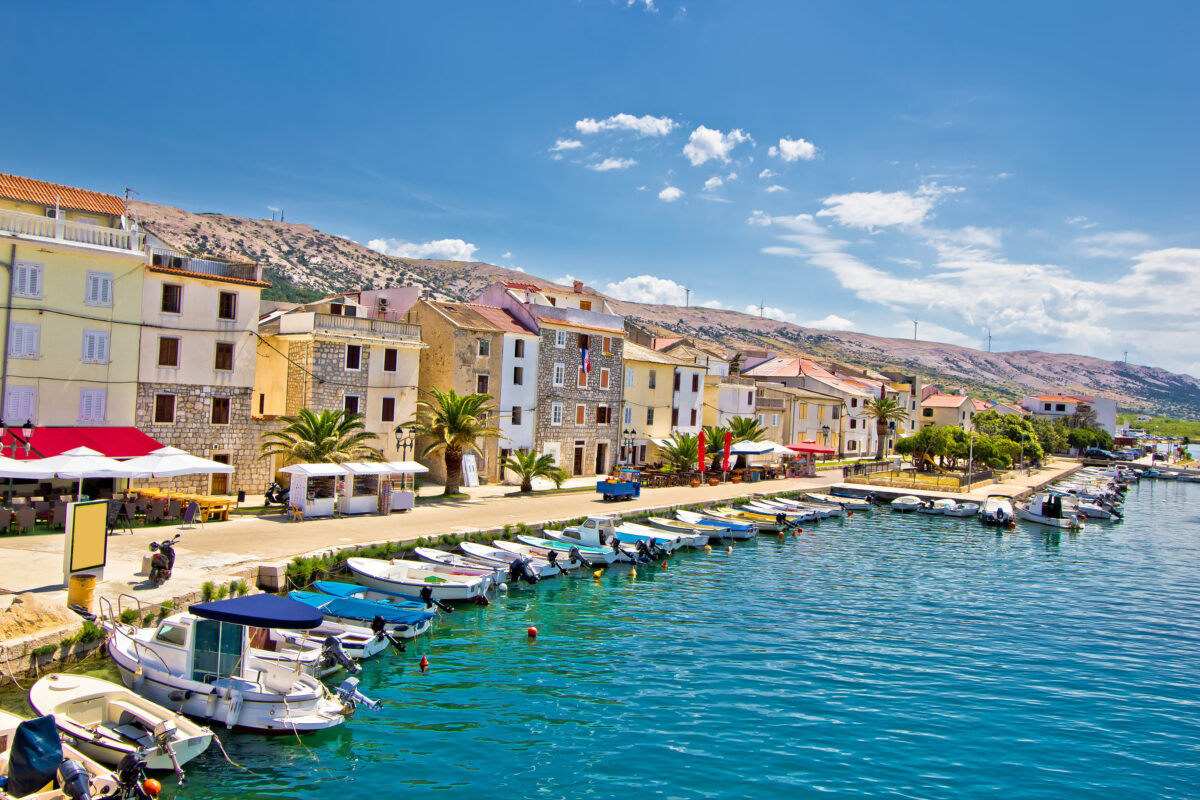
Ibiza lovers and electronic music heads should check out Pag. Zrće Beach is a legendary stretch on this lunar-looking central island, where you find the best nightlife in the Adriatic. Every year in August, the Sonus Festival brings EDM’s biggest stars to this pebbly corner. Never mind if you can’t make it, as Zrće has enough clubs to keep you busy during the season. It’s not only partying and hedonism on Pag. This long, mostly barren and spectacular island has dramatic beaches, idyllic fishing villages and superb camping. To make things more breathtaking, the craggy Velebit Mountains are always a part of the view. The island is also famous for its sheep cheese (paški sir). Taste it in a konoba (a traditional taverna), preferably with grilled meat.
Mljet
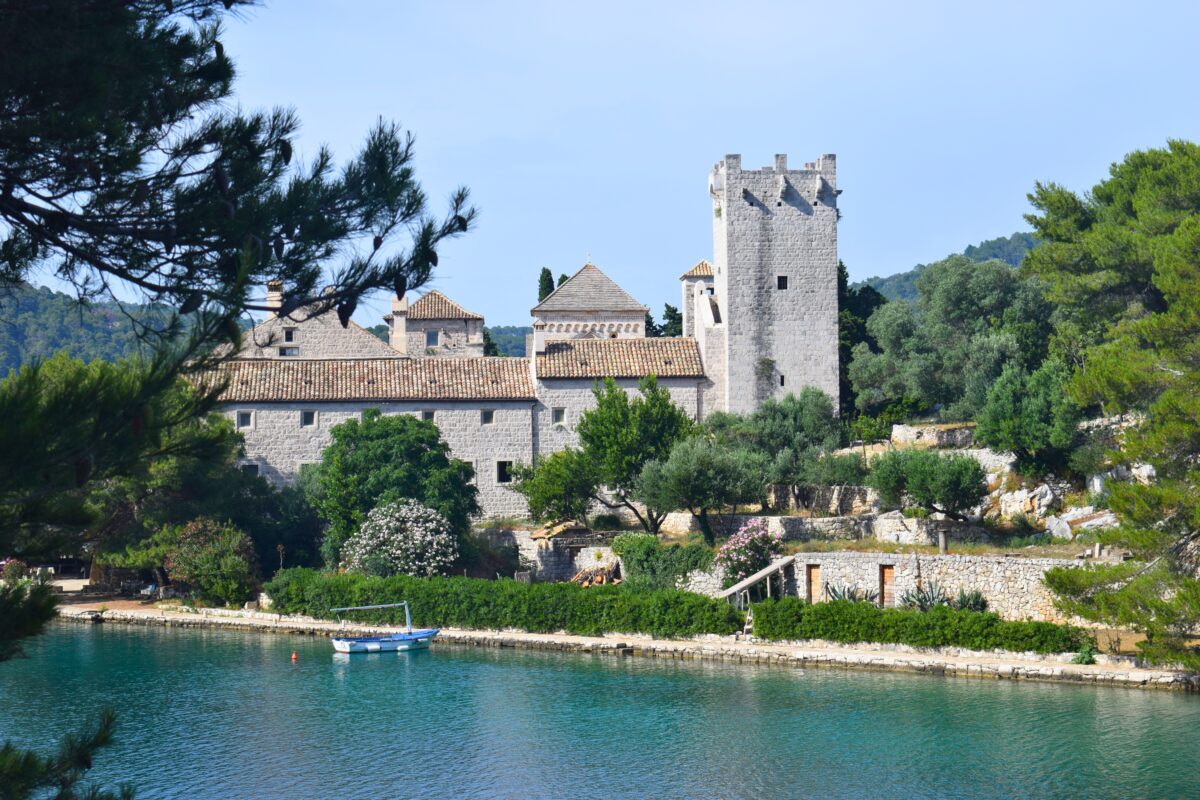
You’re on nature’s territory in Mljet. Devoid of towns and civilization, this Dalmatian island is for escaping to the lush Adriatic greenery. Gorgeous Mljet National Park occupies the western part of the island. Visit for scenic walks around two saltwater lakes, enjoy the forest hikes and get on a kayak to reach the charming Saint Mary’s Island. Sobra, Saplunara, Pomena and Polače are four beautiful villages to base yourself in for an inspiring seaside break. Mljet is a top destination for tranquility-seeking, outdoors-loving families. There are direct ferry connections to Split and Dubrovnik.
Korčula
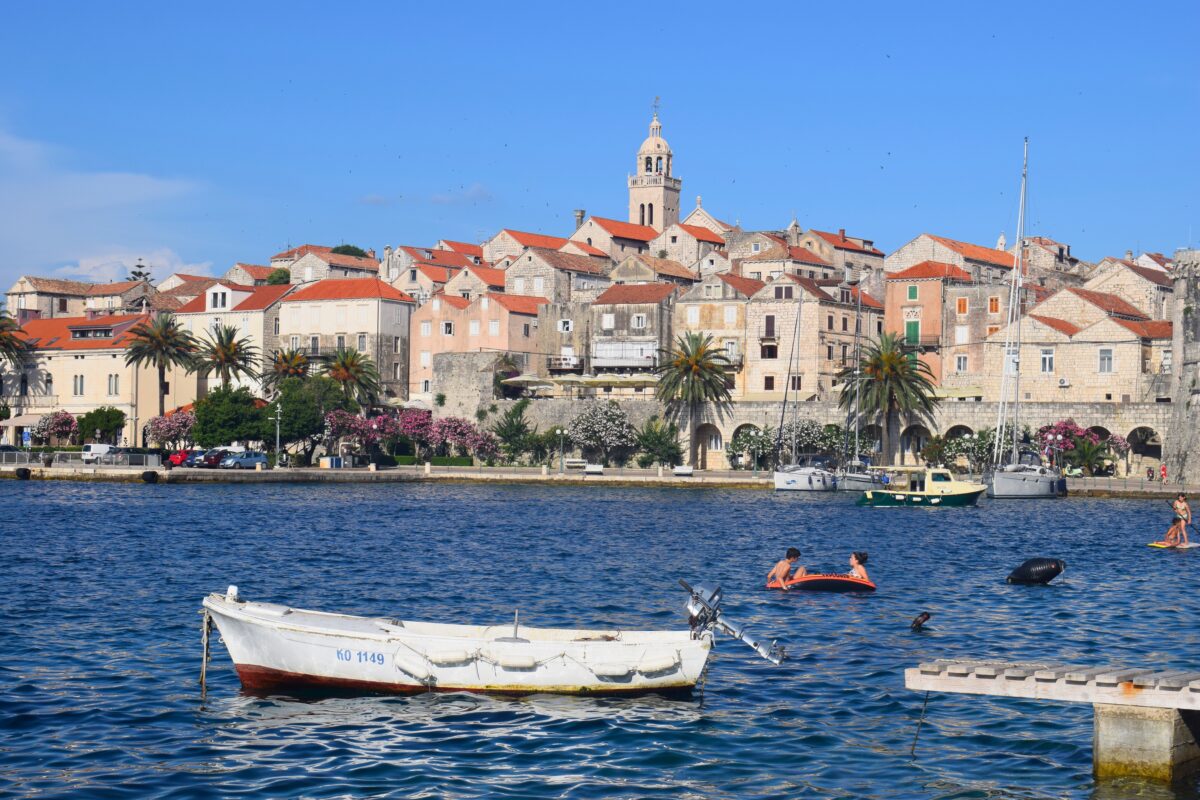
It’s safe to say that Korčula might have the most stunning capital city out of all the Croatian islands. Nicknamed “mini Dubrovnik” for its similar fortified walls, network of defensive towers and beautiful Baroque and Romanesque architecture, Korčula town is a must-visit. The town is also believed to be the birthplace of the famous explorer Marco Polo—there’s even a house-museum devoted to the traveler within the city walls. Korčula is known for moreška, a traditional sword dance. Performances are organized weekly in the city center. Head to the southern coast for untouched coves like Bačva, Orlanduša and Pavja Luka. There’s also Vela Luka town with a charming marina and laid-back harborside cafes.
Hvar
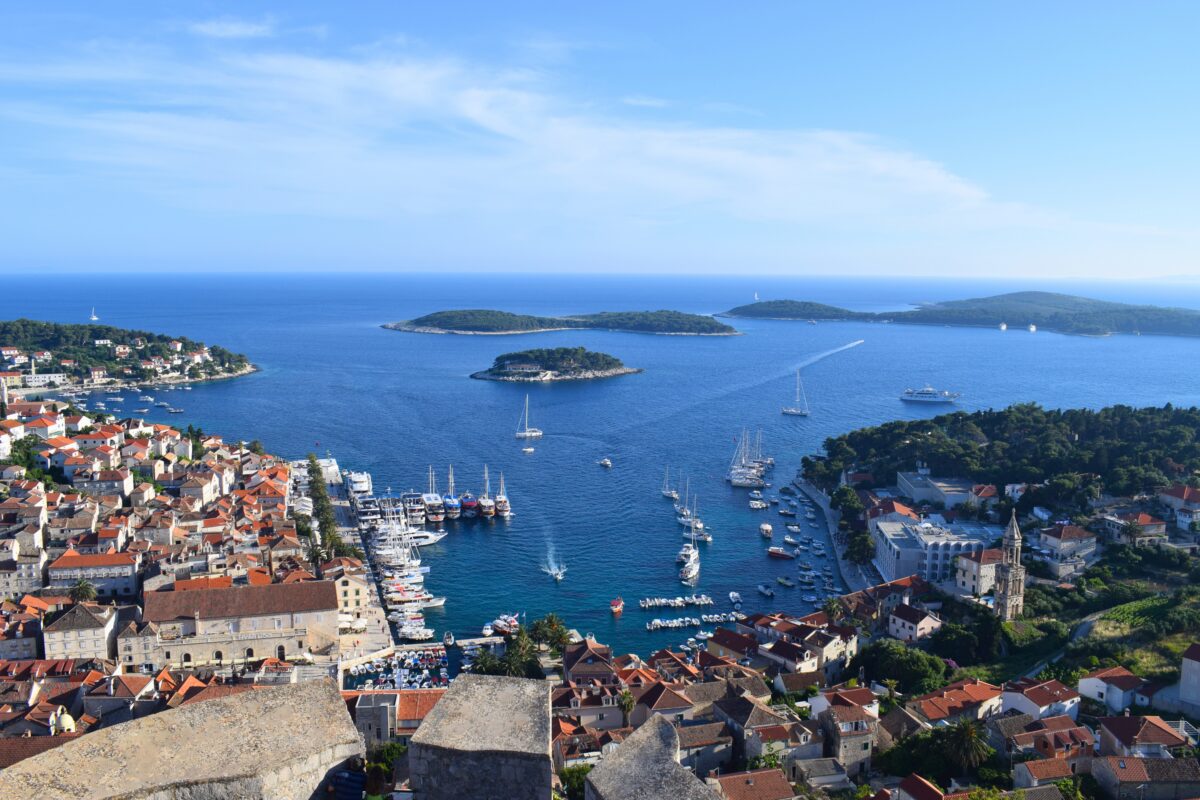
If you were to visit only one Croatian island, Hvar is a perfect pick. It’s a collection of all the beautiful things the Adriatic coast of Croatia is famous for. Hvar town is a medieval gem with a dramatic fortress on a hill, Venetian walls, Romanesque churches and beautiful squares. It’s also a go-to island escape for glitzy beach bars and upscale restaurants. If you can, come to Hvar on a yacht—that’s the best way to experience its elegant marina and striking coves. But the island is also a premier family destination. The towns of Jelsa and Stari Grad offer a tranquil break with lively seaside promenades, clean pebbly beaches and greenery. For the bluest waters, check out Malo Zaraće Beach and sail to Mlini Beach, just across from Hvar town.
Vis
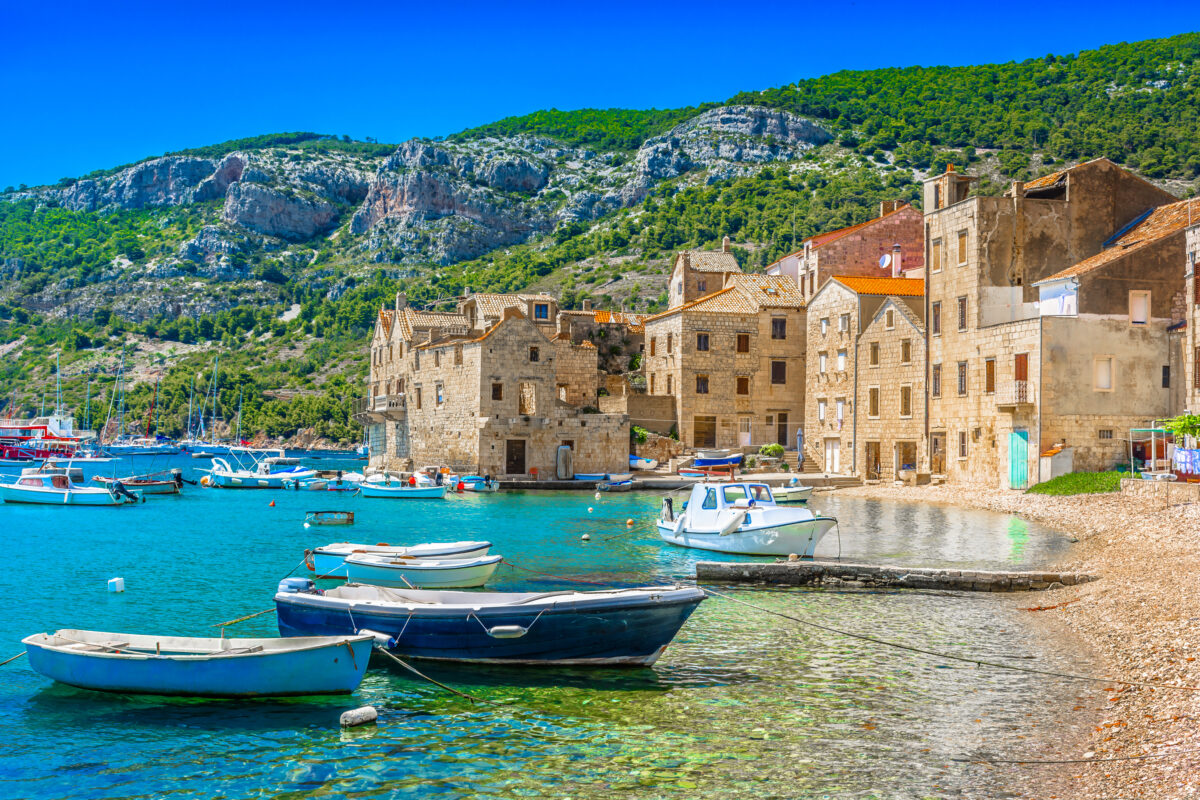
Vis has the most fascinating modern history of all the Croatian islands. It went from being a closed Yugoslav military base to one of the most famous cinema destinations in the world. The Meryl Streep-led “Mamma Mia 2” musical film was filmed around the island. Many Vis locations will be familiar to ABBA fans. Even without the silver screen fame, the island is gorgeous. Stiniva Cove is among Europe’s most magical beaches. Srebrna and Stončica are two other picture-perfect beach escapes. You can hike in the Adriatic forest in the interior, enjoying the pristine nature to the clicking sound of cicadas. Vis and Komiža are two picturesque towns to base yourself in. Both come with alluring rivas: yacht-dotted promenades with konobas and coffee shops.
Brač
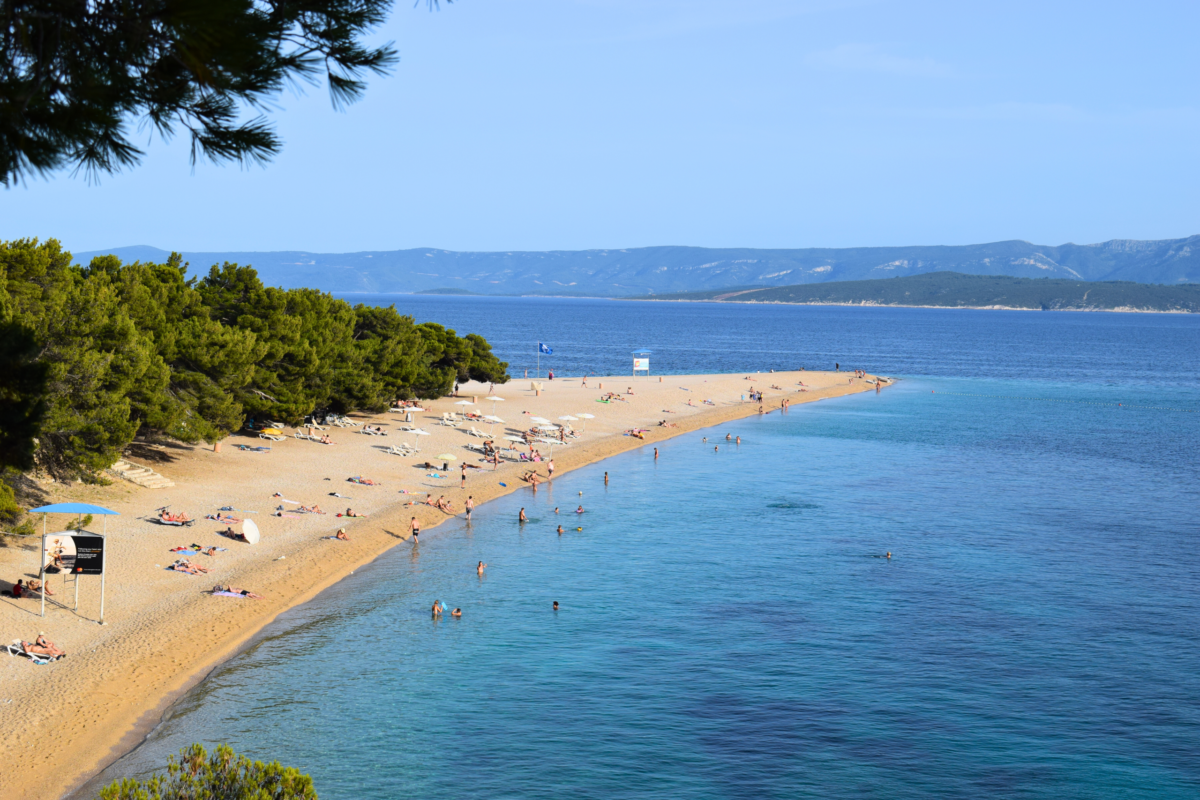
Blue of the Adriatic, green of the pine trees and white of the limestone. Brač is a sensory experience. A local legend says that the stone from the island was used to build the White House in Washington, D.C. While it isn’t entirely confirmed, the island’s limestone makes up the majority of Split’s Diocletian Palace. Most tourists visit Brač for Zlatni Rat, which is easily Croatia’s most spectacular beach. It’s a shapeshifting pebbly “horn” that pierces into the blue waters in cinematic glory. Zlatni Rat is the number one family stretch in Dalmatia and a must-visit. Right nearby is Bol, a charming fishing town with a relaxing waterfront and cozy seafood restaurants. But don’t limit yourself to Bol. There’s a superb Olive Oil Museum in Škrip, immersing you in the centuries-old tradition. Hike to the top of Vidova Gora for a breathtaking vista of Zlatni Rat and the coast. Another highlight is the Blaca Hermitage, a 16th-century monastery carved in the mountain.
Cres
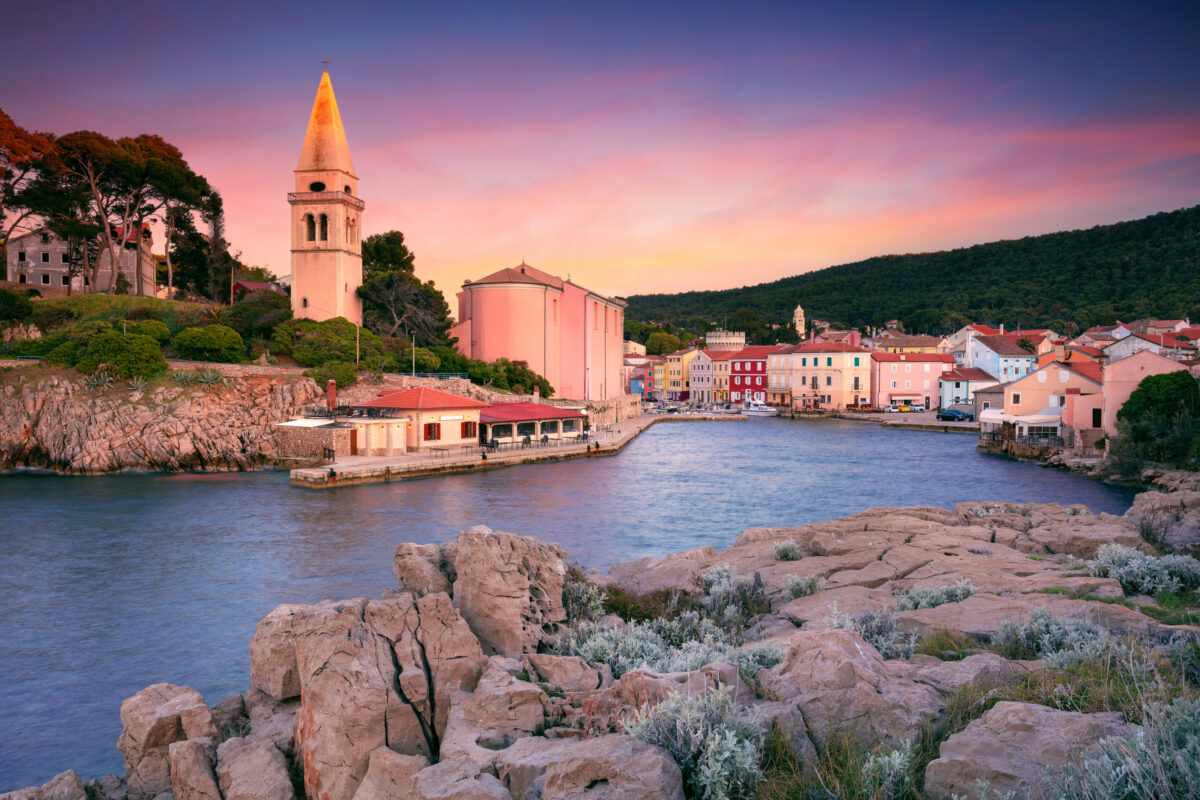
Located in Kvarner Gulf, Cres is one of the under-the-radar Croatian islands. You won’t encounter crowds here, even during the peak season. Its sheer size, pristine nature, abundance of beautiful beaches and affordable accommodation make Cres a perfect alternative to Dalmatian destinations. Go beach hopping and visit local turquoise hits like Lubenice, Mali Bok and Koromačna. Backed by limestone cliffs, these bays are stunning. Don’t miss the pretty Cres town with Venetian architecture and the Renaissance Church of St. Mary.
Rab
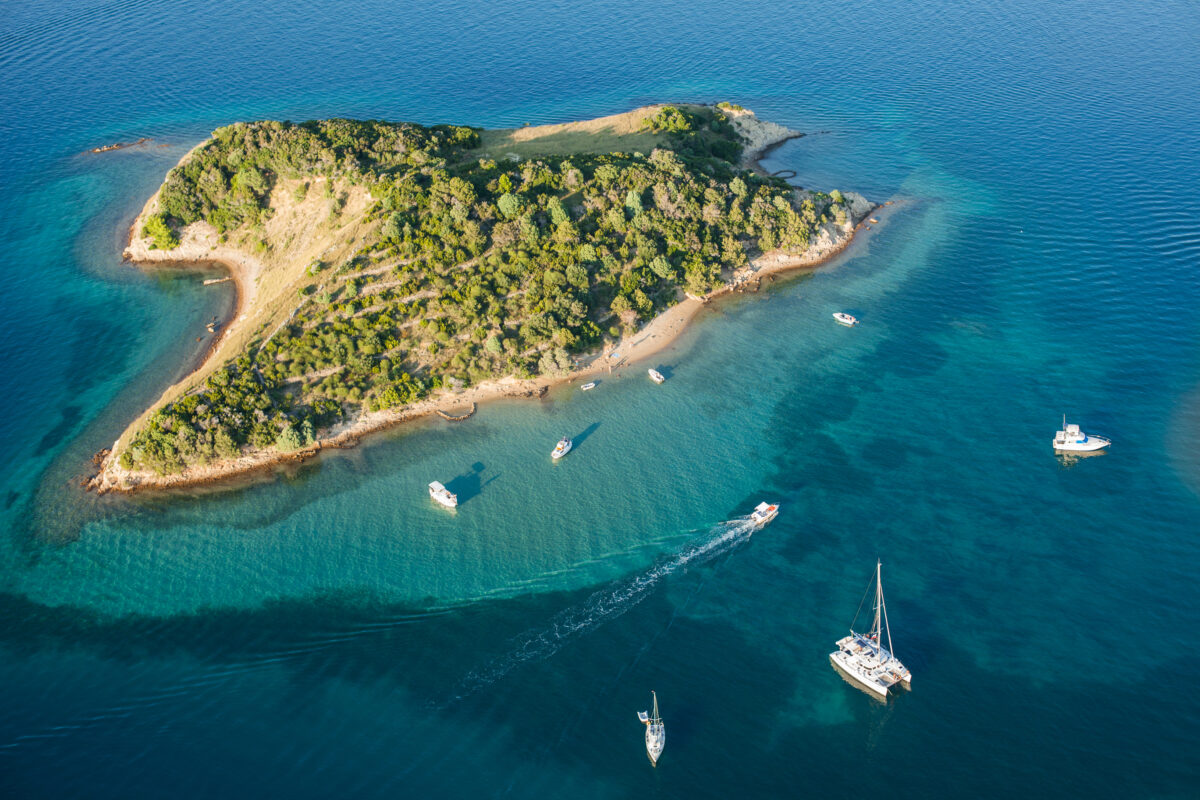
Not all Croatian beaches are made of pebbles. Lopud Peninsula on the Kvarner island of Rab has long, sandy stretches. Sahara and Paradise beaches come with fine golden sands and shallow waters. It’s the ultimate place to be for families with children. For more sand, go to Mel Beach in the island’s northwest. Rab’s FKK Kandarola is among the most popular naturist resorts in Croatia. Also, check out Rab town for a small but well-preserved medieval core with Renaissance churches, cobblestone streets and the scenic marina.
Dugi Otok
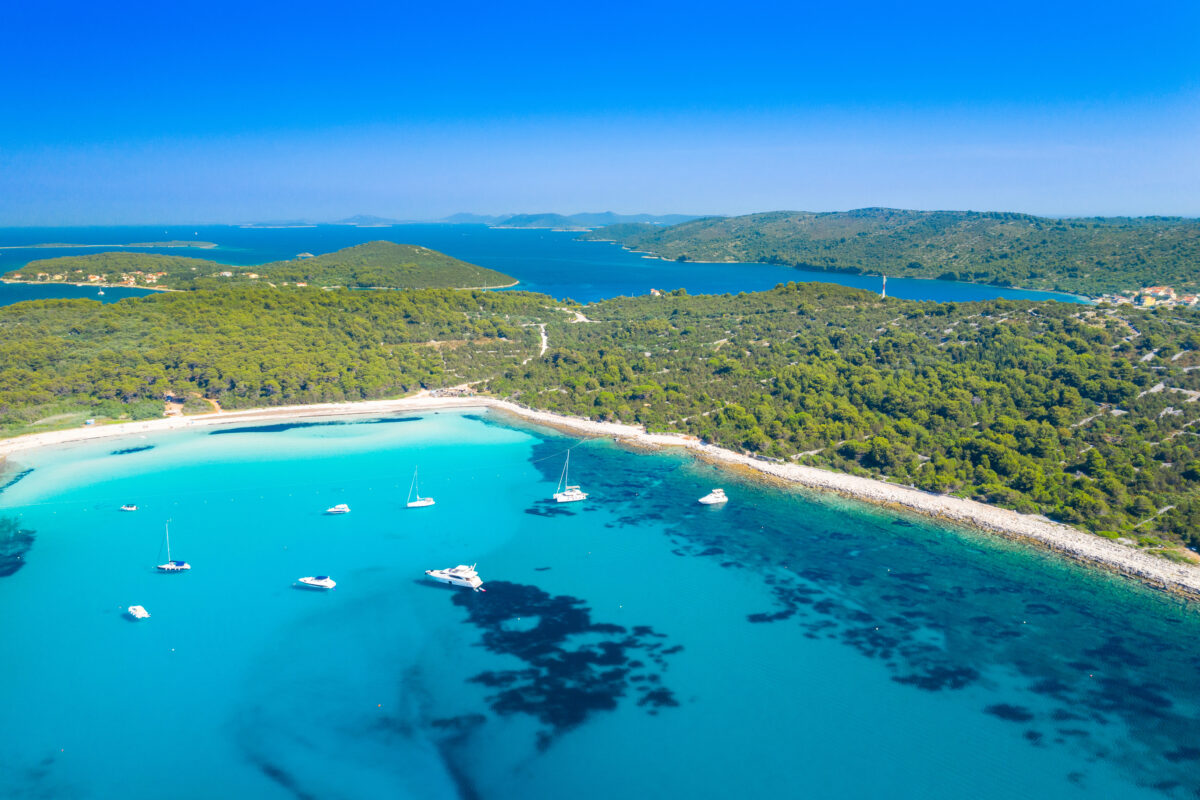
Dugi Otok is many things. Northern Dalmatia’s most spellbinding island, it’s famous for the Telašćica Nature Park—a wonderful collection of islets, high white cliffs and freshwater lakes. Uninhabited and wild, it’s one of the most popular day trips from Zadar. Golubinka Sea Cave is another stunning natural attraction of Dugi Otok. You can reach it on a kayak, taking a plunge in the Brbinjšćica Bay nearby. On the northwest coast, you also find the magnificent Sakarun Beach with shallow cyan waters. It’s great for kids. Božava is the resort center of Dugi Otok, where most of the apartments and hotels are. For something different, visit the abandoned submarine tunnels of the Yugoslav military that are accessible on boat tours.
Lastovo
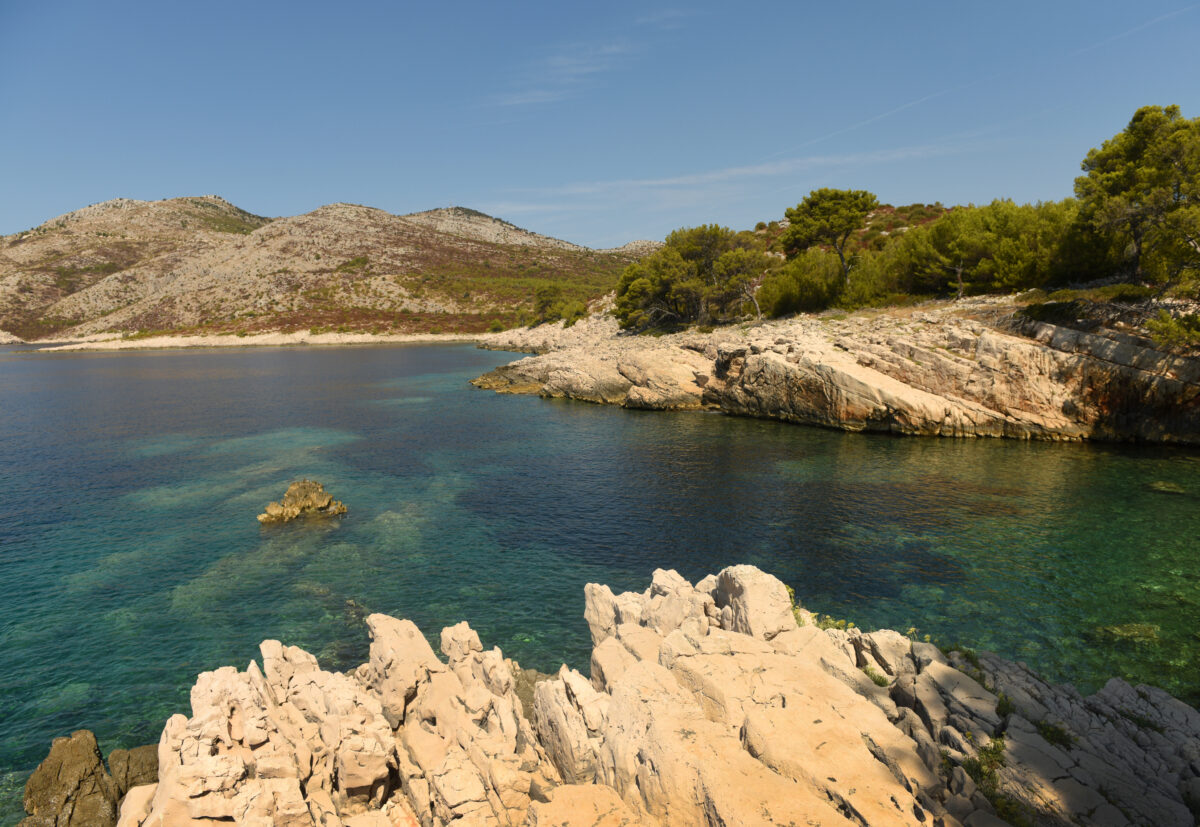
Lastovo is a perfect Croatian island to take it slow. Offering a full escape, it’s a sparsely inhabited land of pure Adriatic beauty. The coast is rocky here, with dramatic cliffs rising from the blue waters, small islets and reefs. Kayaking is among the most rewarding ways to embrace Lastovo’s marine delights (and you rent one in the sleepy island’s capital.) Lastovo town climbs a lush hill with stone houses and old churches. Its harbor, Uvala Lučica, looks like a mini version of the Italian Cinque Terre villages: crystal-clear water juxtaposed with medieval houses. For awe-inspiring views of the island, visit the Cape Struga Lighthouse. Although quite remote, Lastovo is connected to Split by a direct ferry.
Koločep
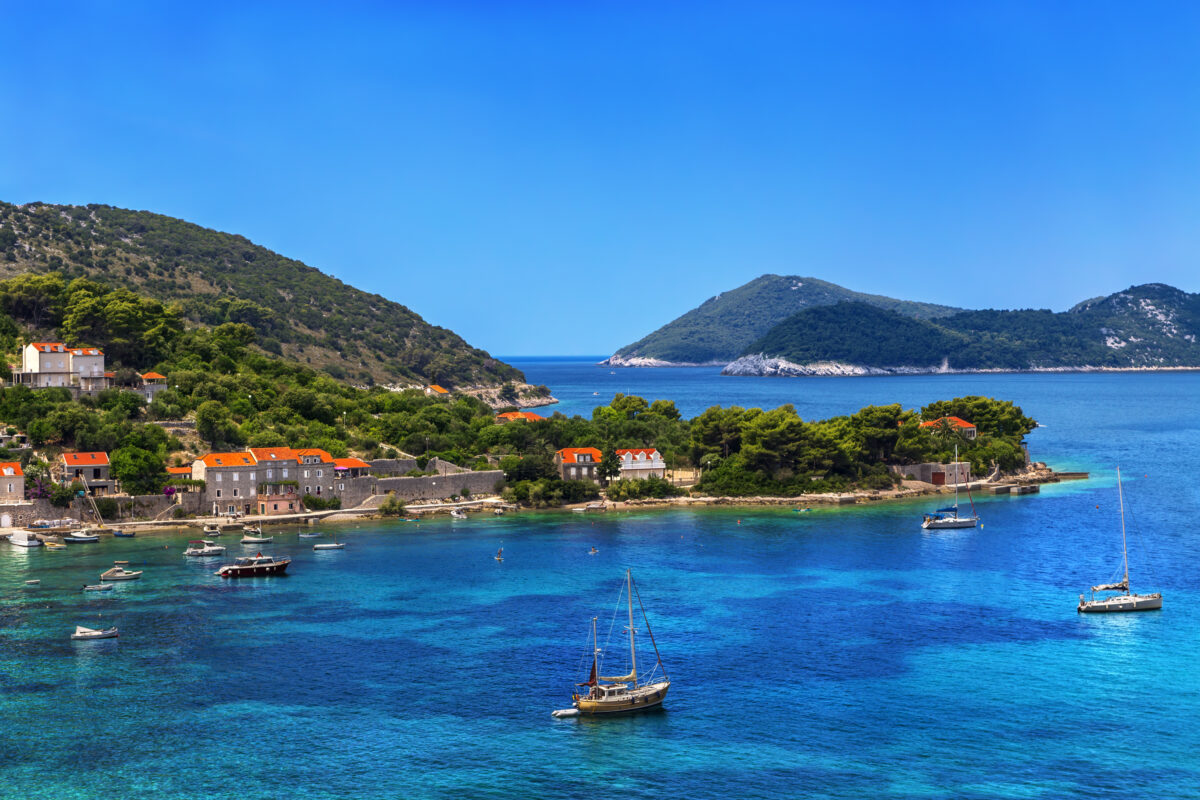
Dubrovnik is among Croatia’s most spectacular towns to visit, but it can feel too intense at times. Koločep, one of the Elaphiti islands off the Dubrovnik coast, is a great destination to catch a break. A direct ferry from Gruž port takes only 30 minutes and takes you to a relaxed island with everything you need for a delightful break. While Koločep doesn’t have a large beach, its specialty is small, intimate coves. The main village already has a beach with crystal-clear water, but you can also explore the bays of the northern end. The island is famous for the Blue Cave, which is a popular day trip from Dubrovnik.

